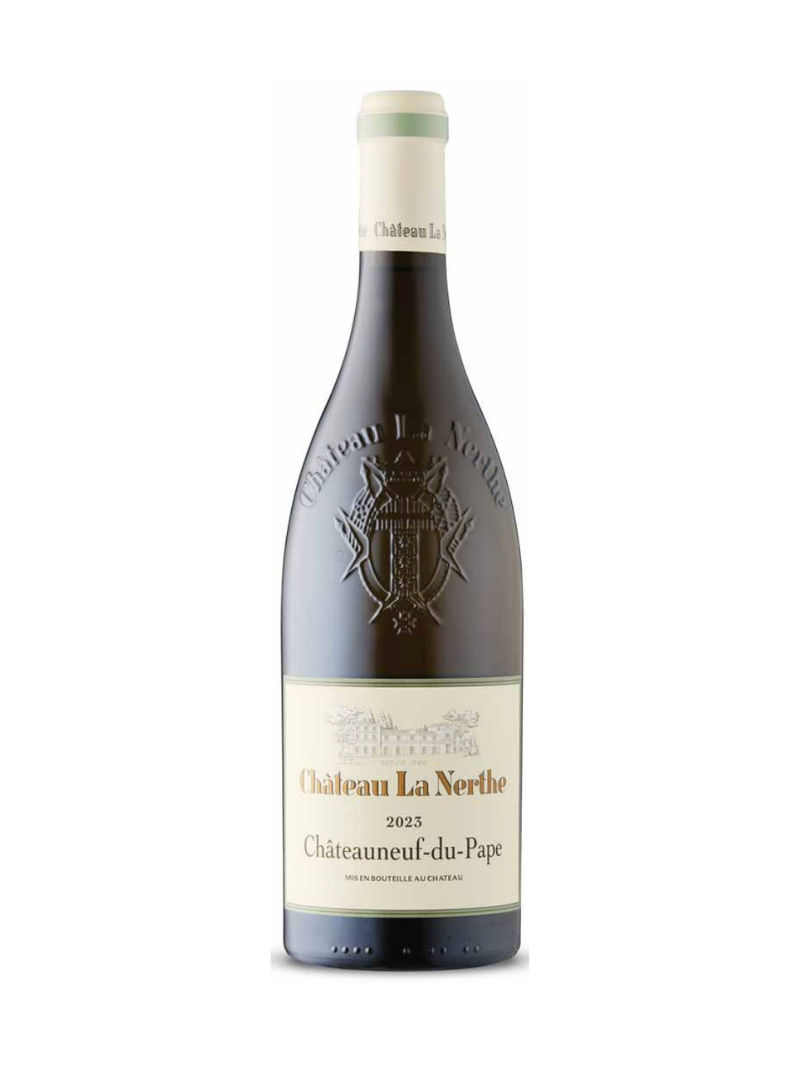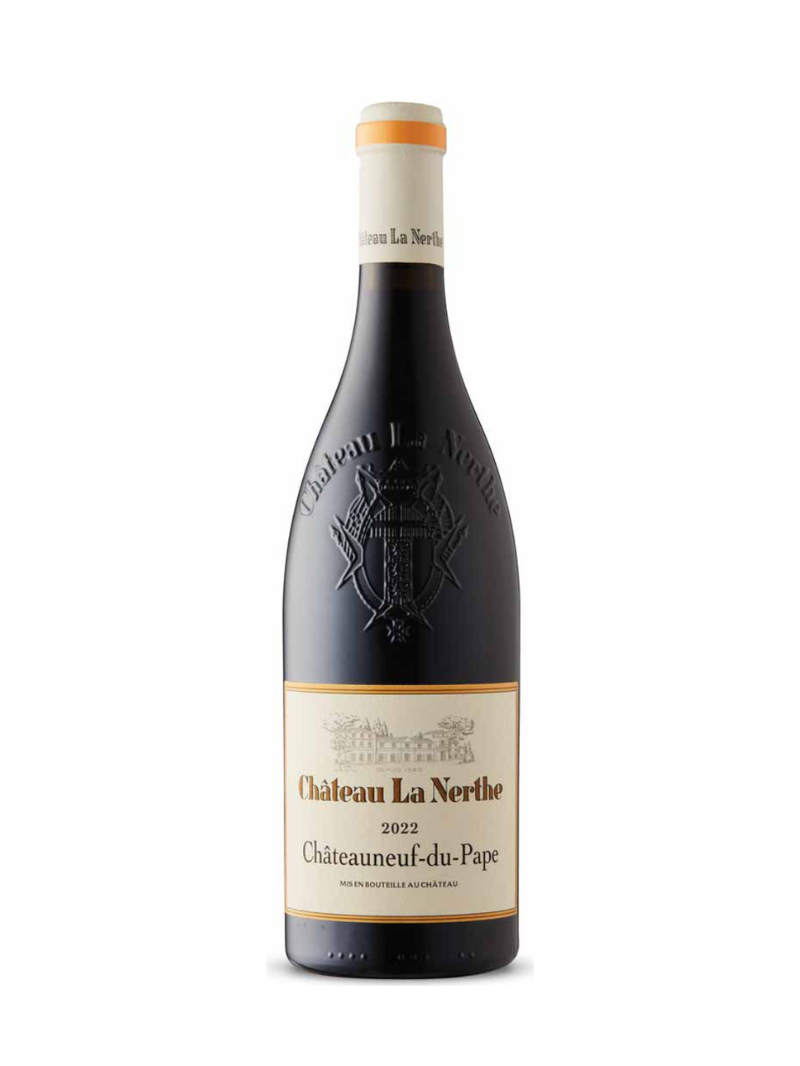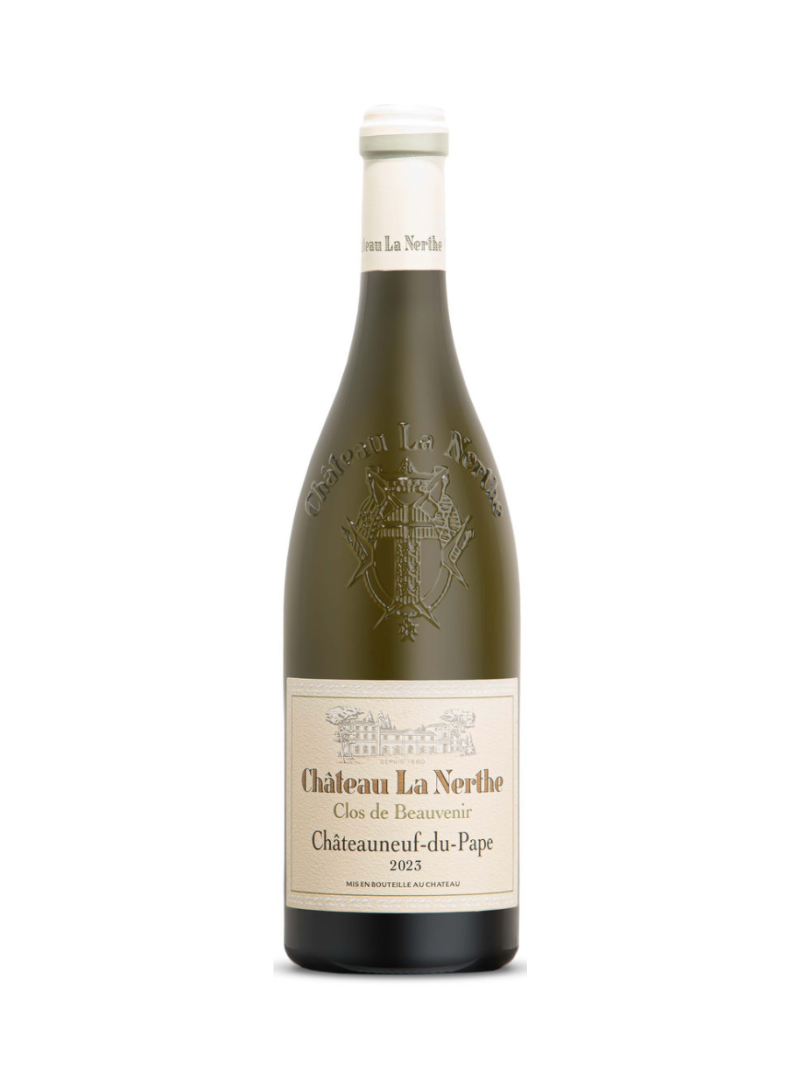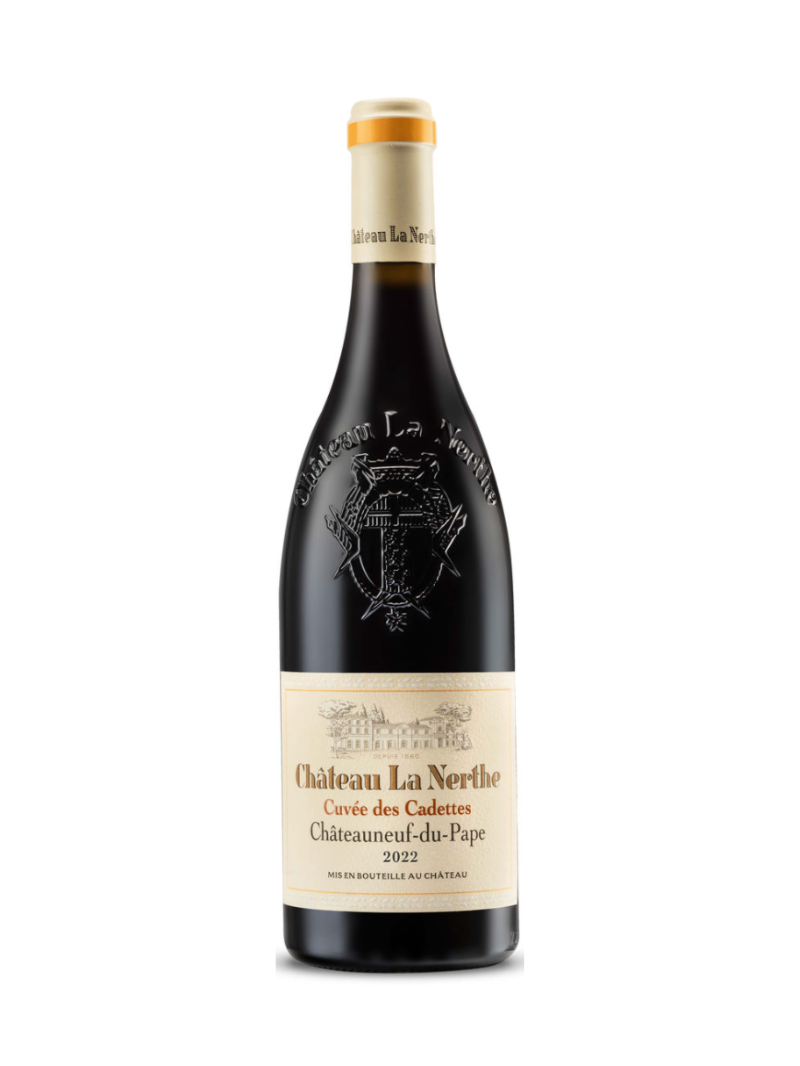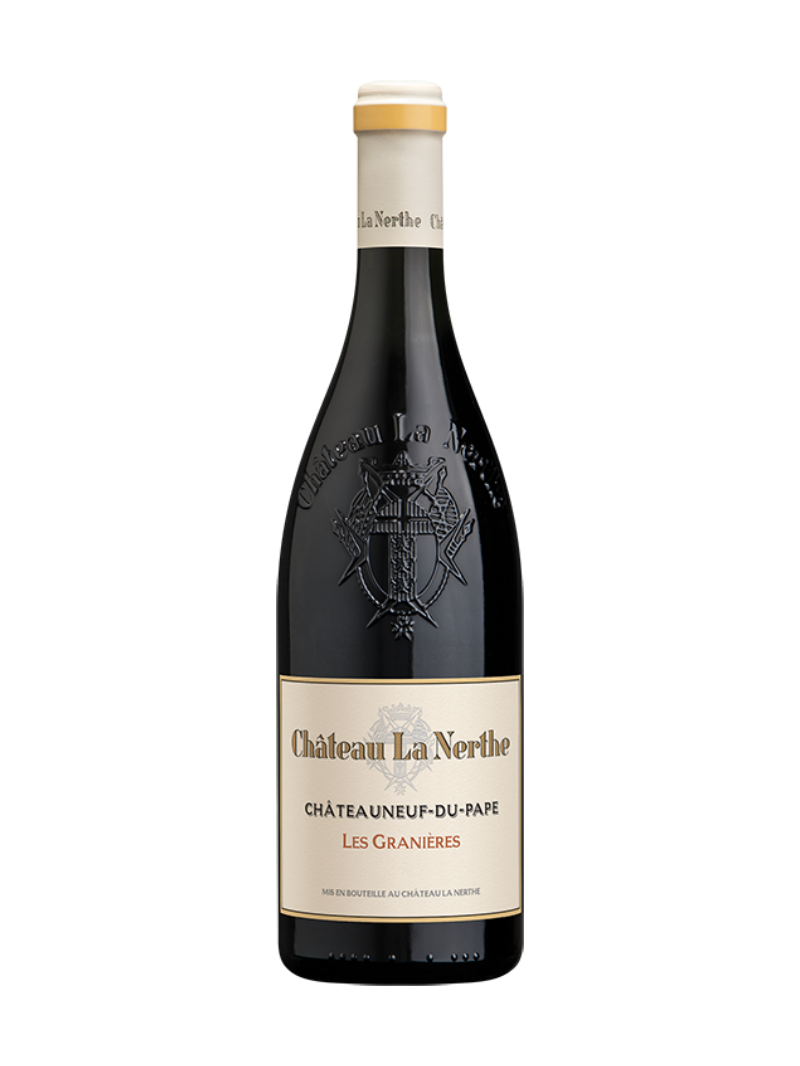In the heart of Provence, Château La Nerthe is situated 15km away from Avignon, in the small village of Châteauneuf-du-Pape. Between the Rhône and the Mont Ventoux, the vineyard has the Mistral influence, a specific wind from the region, and a lot of sun. Its history is based on the transmission of know-how from family to family since 1560, to ensure the sustainability of its wines and their promotion in France and around the world.
The successive owners marked the domaine and the appellation of their imprint. For exemple, the Tulle de Villefranche family is at the origin of the fame of "Papes' wine" and Jospeh Ducos had a decisive action in the Châteauneuf-du-Pape vineyard reconstruction, after the Phylloxera crisis in 1870.
The Richard family became Château La Nerthe’s owner in 1985 with the ambition to restore its glorious past. The family first vision is to reveal La Nerthe's wonderful terroir with cultivation methods respectful of nature and a plot by plot approach for a precise viticulture. Harvest are made by hands and yields are low.
Pioneer of organic farming in the appellation, the vineyard is certified Ecocert in 1998. On its 57 plots, all different soils and grape varieties of the appellation are represented and a particular attention is given to old vines. The 92 hectares (230 acres) produce only Châteauneuf-du-Pape wines. Côtes-du-Rhône and Côtes-du-Rhône Villages vines, "Les Cassagnes de La Nerthe" are situated 15km away north on the Massif d'Uchaux and are also cultivated in organic farming. 20 hectares (50 acres) are situated in the city of Mondragon and the historical plots (50 hectares - 120 acres) are organised on three terraces with the higher in the middle of the mediteranean forest around. The garrigue is omnipresent: thyme, rosemary, laurels, holm oaks, olive trees, broom.
www.domainesrichard.fr
PORTFOLIO:



